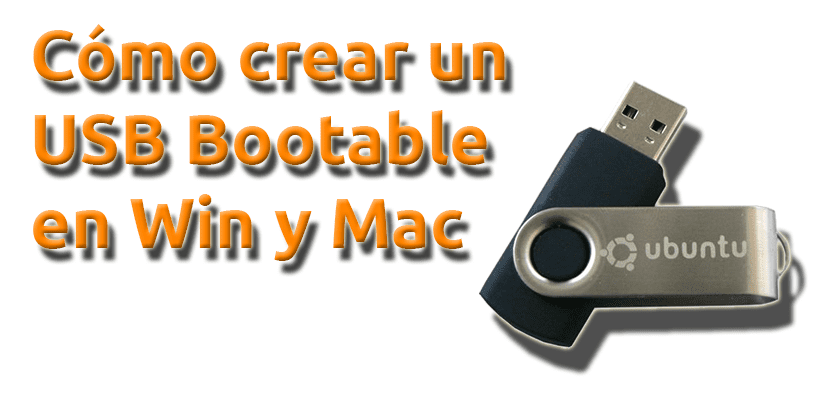
- #Make bootable usb os x on windows mac os x
- #Make bootable usb os x on windows install
- #Make bootable usb os x on windows iso
It's probably a bit more difficult to configure. He is using his tool Refind, but as far as I know systemd-boot is also capable of booting OS X and working with Macs.
#Make bootable usb os x on windows mac os x
He explains why installing Linux in BIOS mode on a Mac by using a hybrid MBR is at least to say a bad idea and covers a few scenarios of installing Ubuntu on a drive with an existing Mac OS X installation. Rod Smith – who is also around here – has published a very detailed article about EFI-Booting Ubuntu on a Mac on his site.

The answers from Chan-Ho Suh and Colin Watson on similar questions don't seem to reflect the current state accurately.

#Make bootable usb os x on windows install
The strange thing is that the Mac ISOs don't contain such files and instead boot and install in legacy BIOS mode, which was fine in 2006 – when Apple introduced Boot Camp – but isn't since 2012 when the rest of the industry moved to UEFI. On (older) Macs this may just be /efi/boot/boot.efi. ISOs that support UEFI booting contain a file called /efi/boot/boot can be 圆4 for AMD64, ia32 for i386, arm or a64 for ARM and so forth.
#Make bootable usb os x on windows iso
Using Linux on Windows machines, my understanding is that to boot from external media via EFI you just copy the files from the ISO to a supported filesystem on the USB drive, which is usually FAT. Linux and Windows UEFI booting and Ubuntu Mac ISOs There seems to be some confusion about EFI booting and Ubuntu ISOs.ĭisclaimer: I don't know much about Macs, because I never happened to own or support one of these machines.


 0 kommentar(er)
0 kommentar(er)
